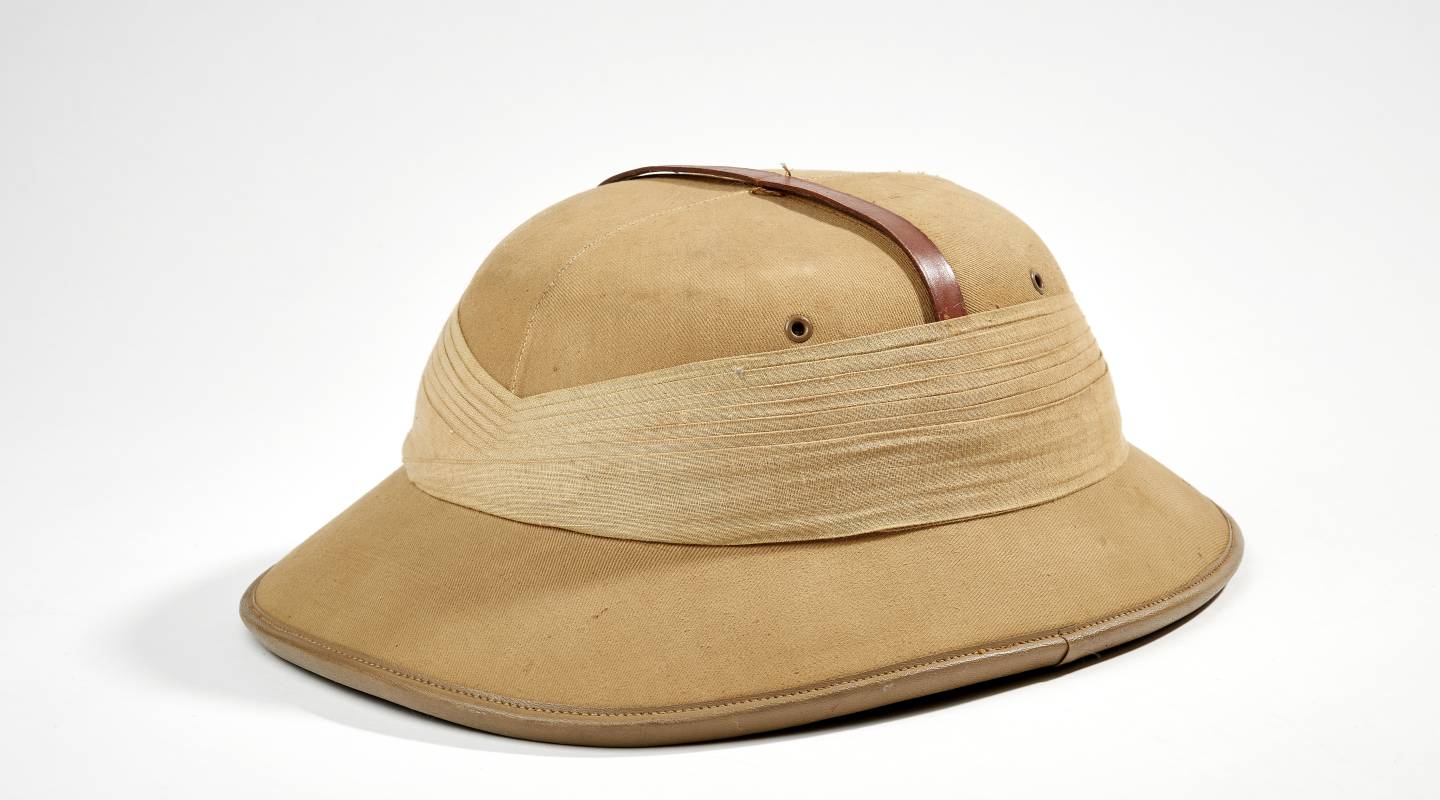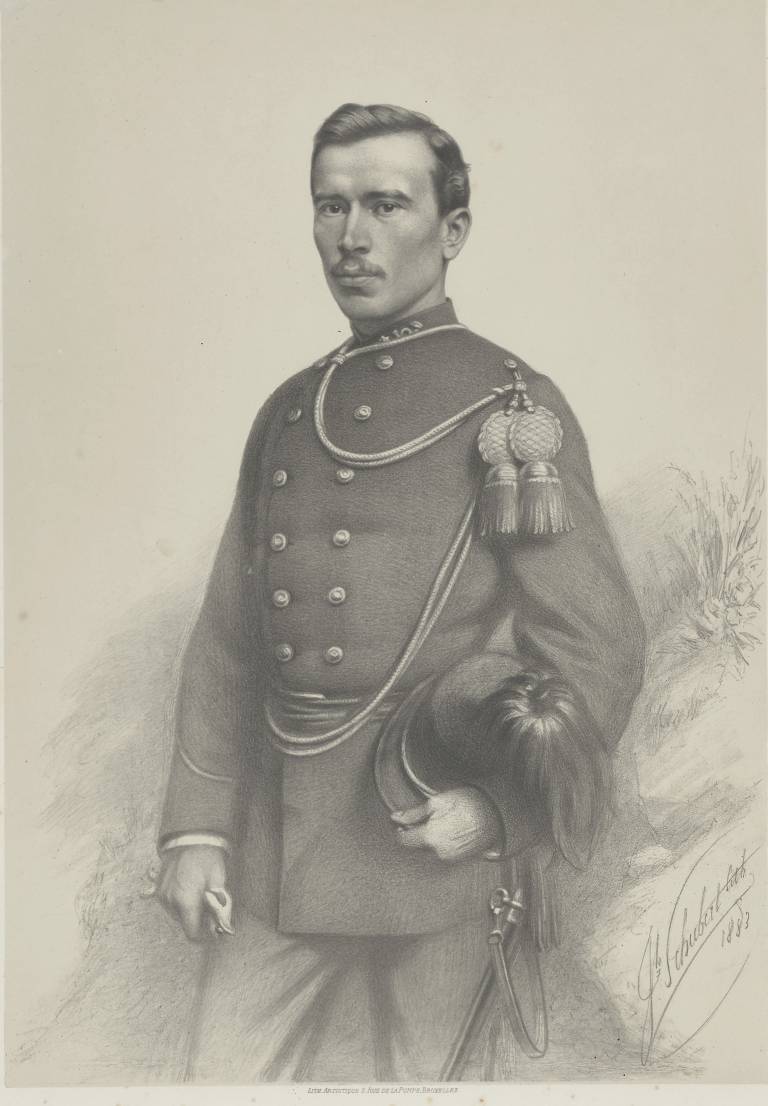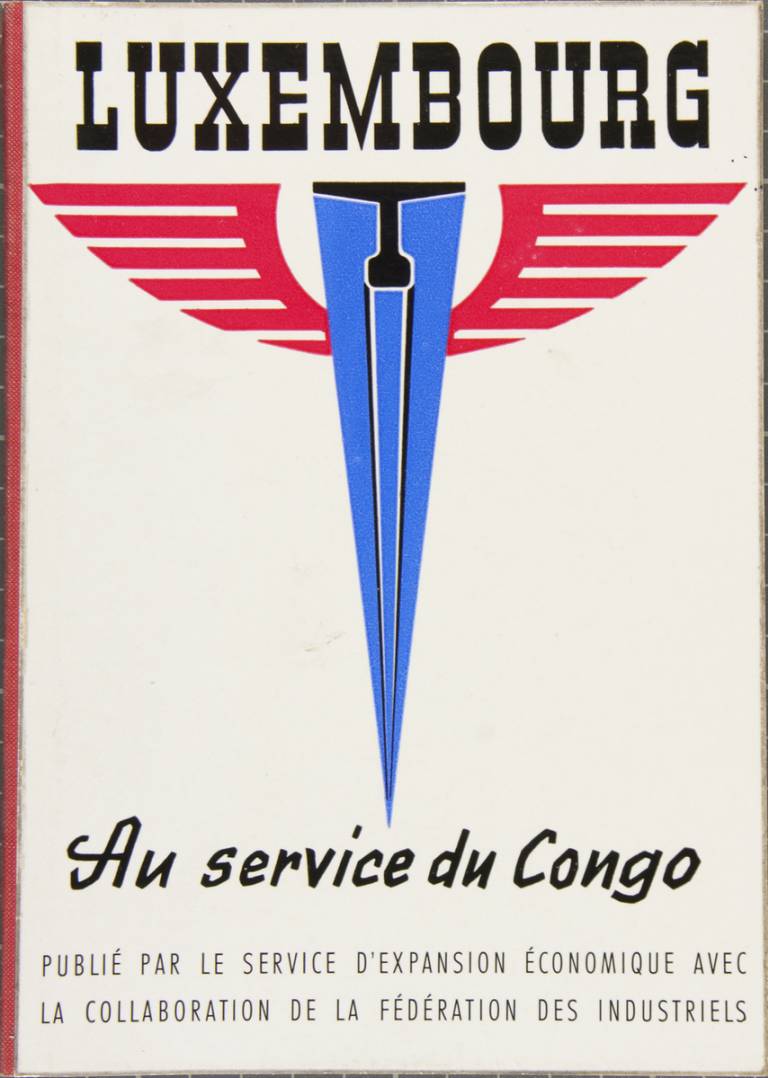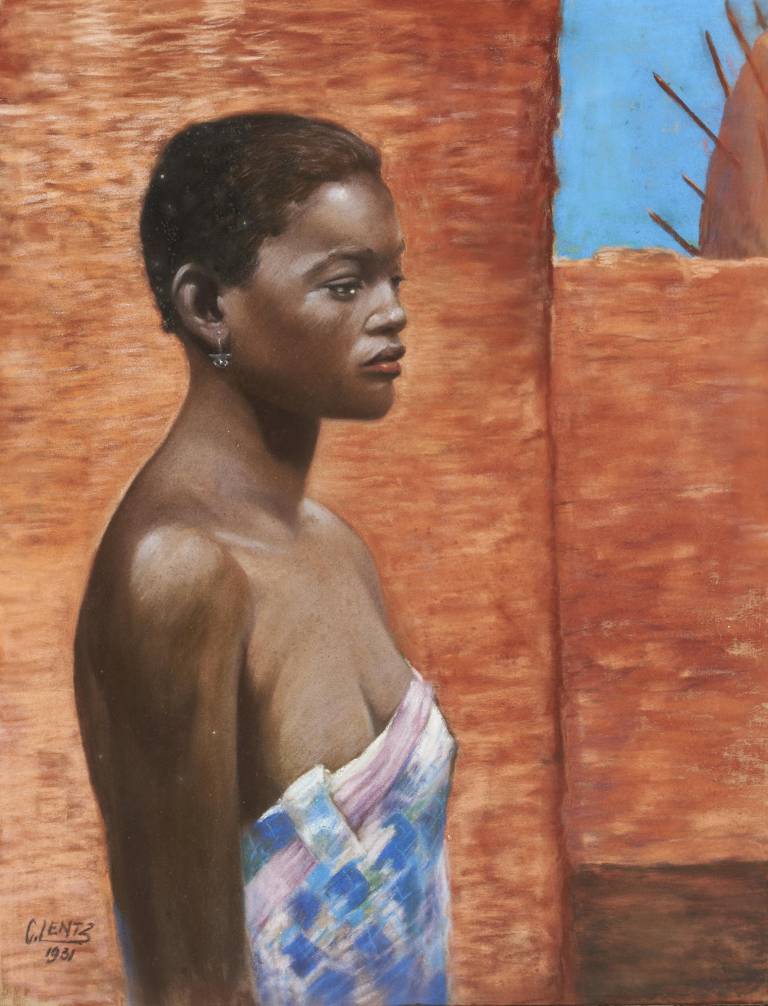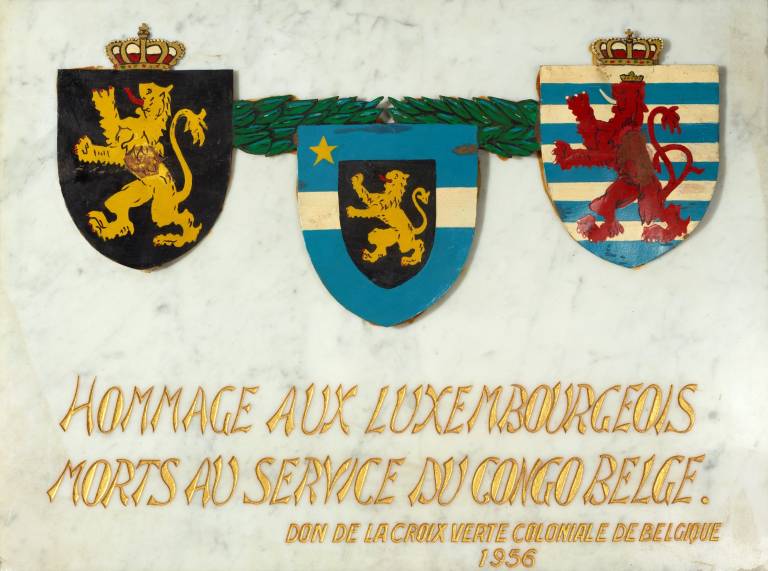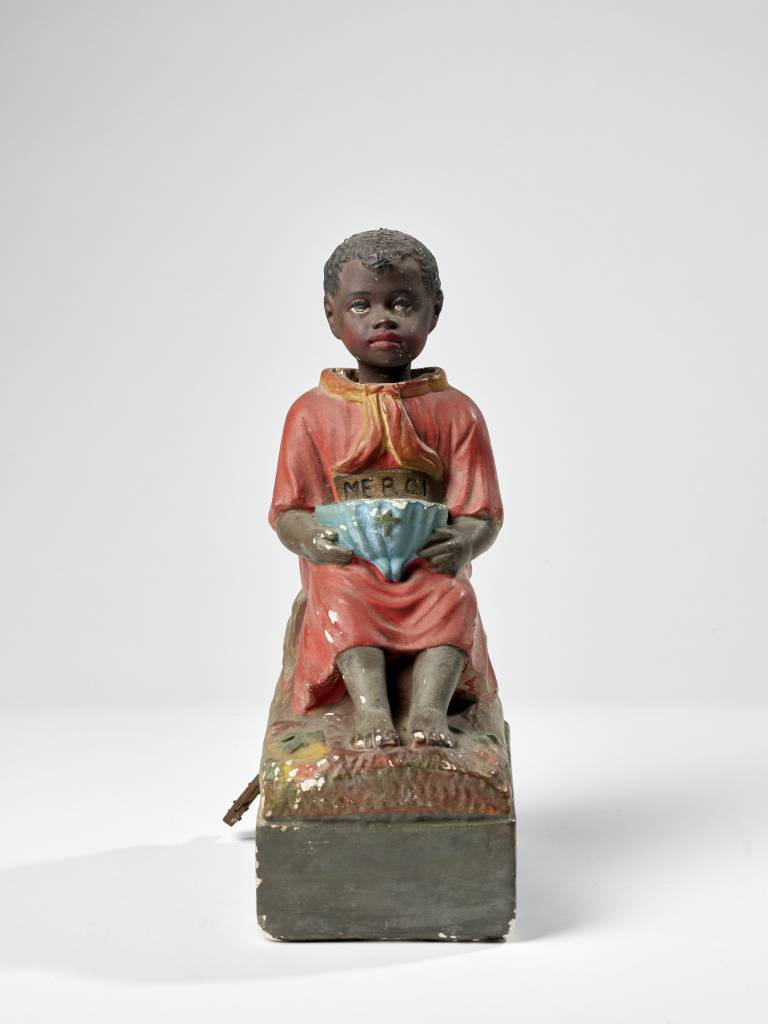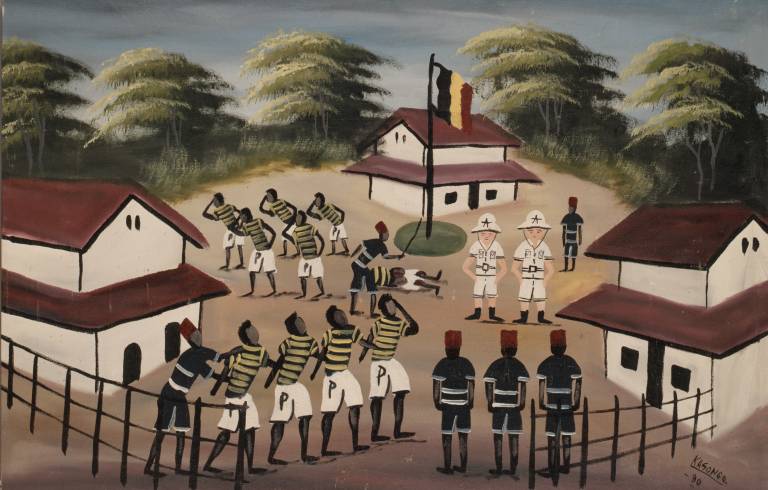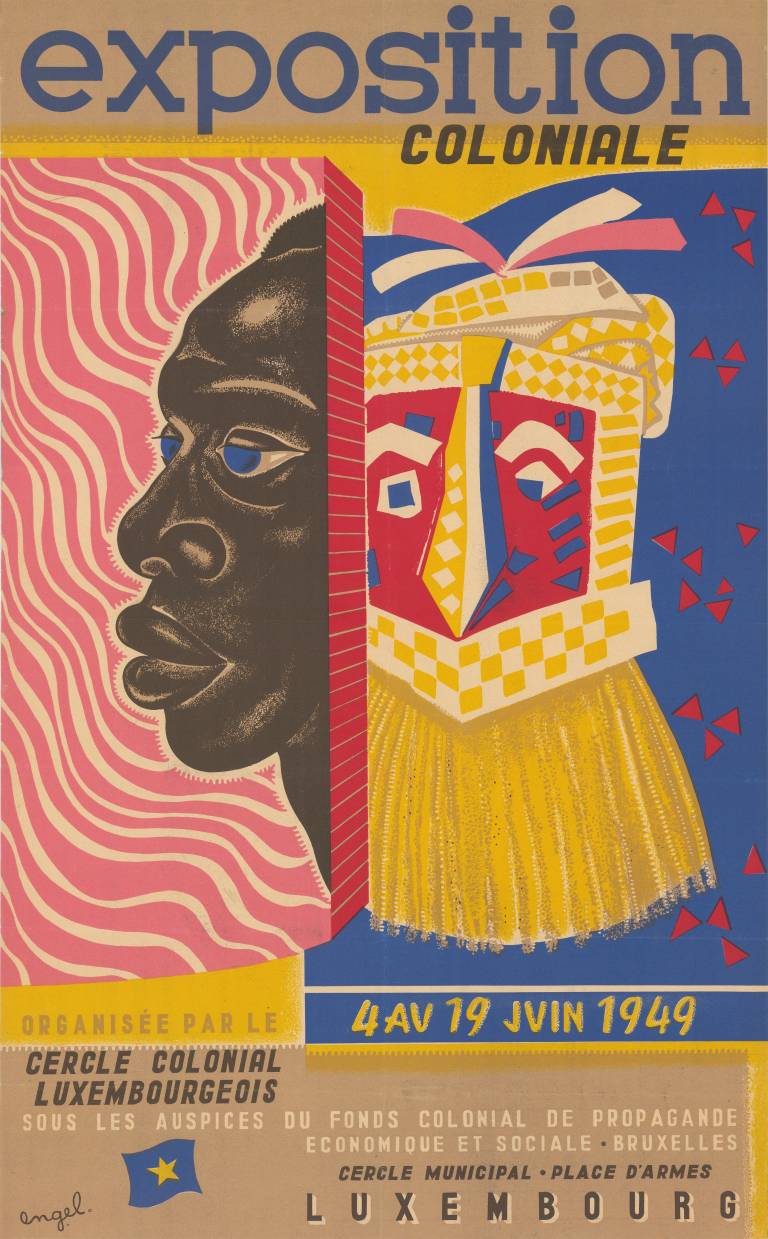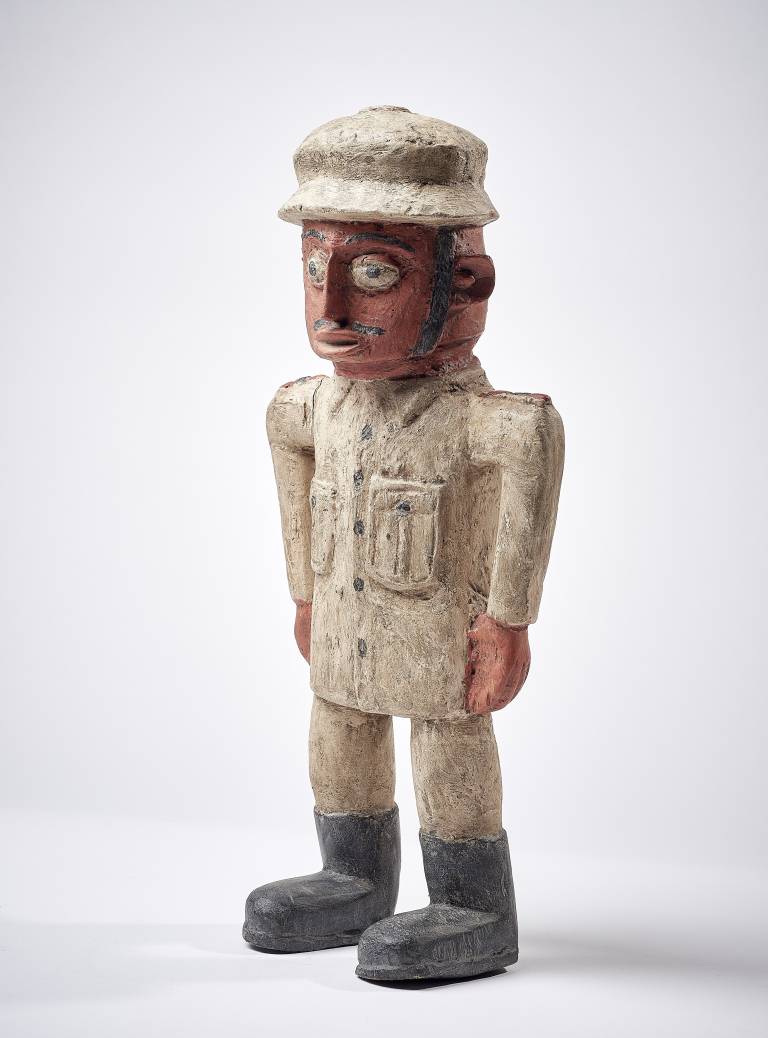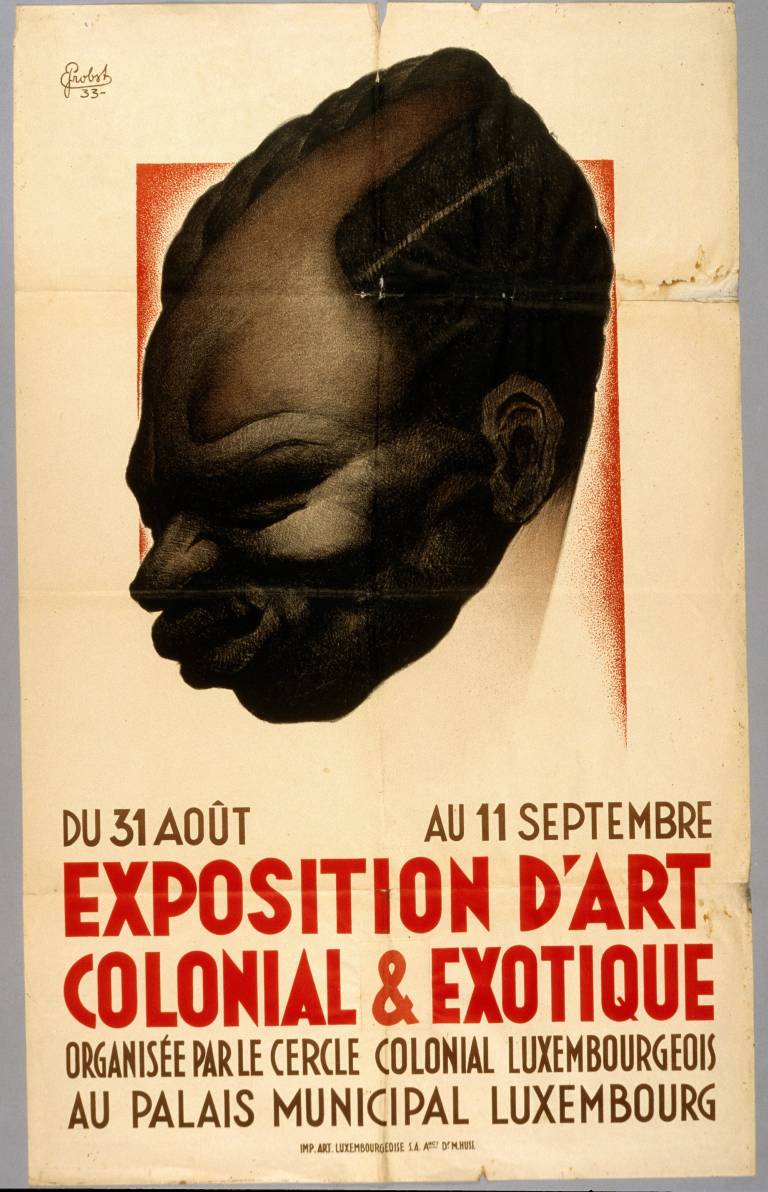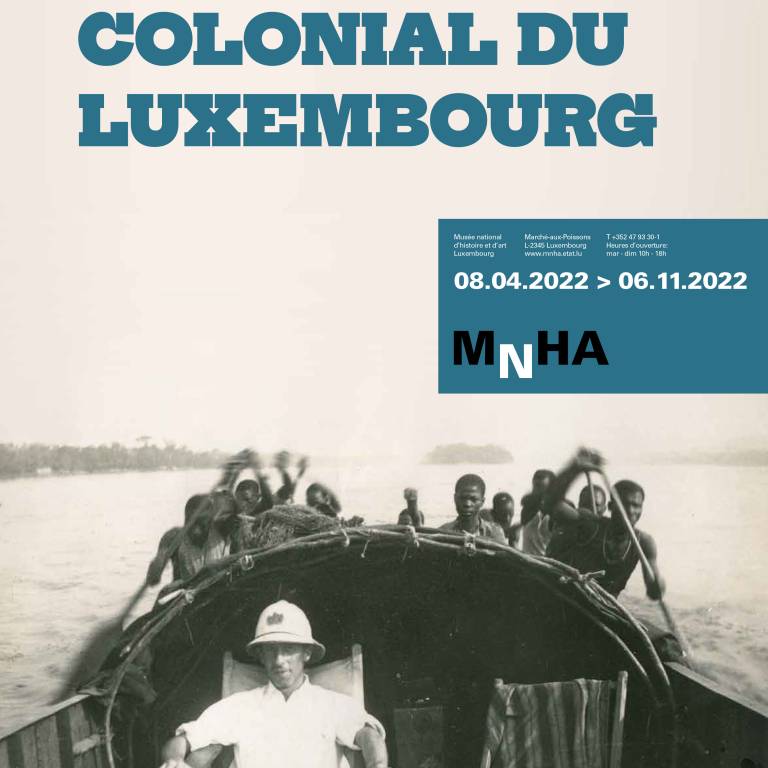Does Luxembourg have a colonial past? Surely, many Luxembourgers
would answer this question with a resounding no, as their country has
never been a colonial power. But is it really that simple? The National
Museum of History and Art (MNHA) decided to look into this question.
- Entry (adults) 7€
Although the Grand Duchy of Luxembourg never exercised political authority over any foreign territory or any of the populations residing there, during the 19th and 20th centuries numerous Luxembourg men and women left to live and work in the colonies of other European states. Abroad, they held all kinds of positions and worked as soldiers, scientists, businessmen, missionaries and even as colonial officials. In fact, Luxembourg actively recruited people for colonial service in the Belgian Congo.
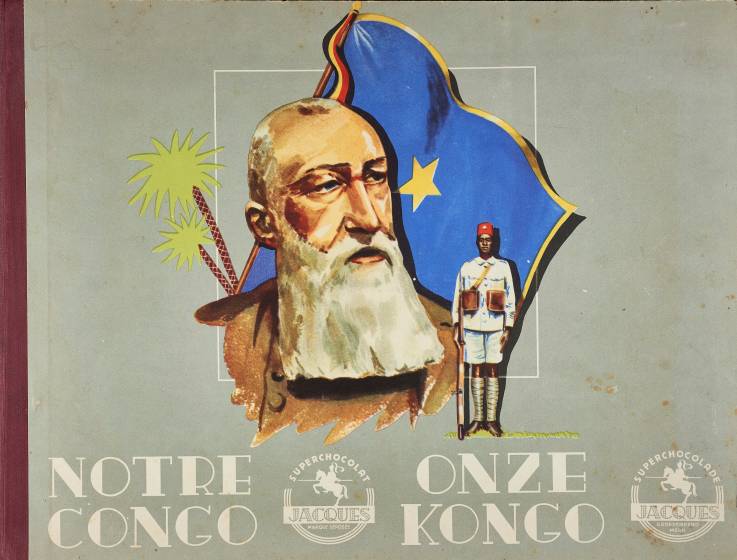
“Notre Congo”, album of a colour print collection by Chocolat Jacques, 1948
Credit: MNHA/Tom Lucas © Private collection
The colonial system was based on the principle of inequality between the colonists and the colonised. Referring to pseudo-scientific racial theories, the colonial masters justified their belief in their own superiority as well as their legitimacy to take possession of non-European territories and to control the native populations. Even in Luxembourg’s society, the ideology of colonialism was anchored and shaped its politics, economy and culture from the middle of the 19th century until the 1960s.
From today's perspective, the discriminative racial ideology, that was prevalent for a long time, lacks any scientific basis. And society's attitude in this respect has also changed over the years. However, the Black Lives Matter movement shows that racist thinking continues to have an effect all over the world, including in the Grand Duchy.
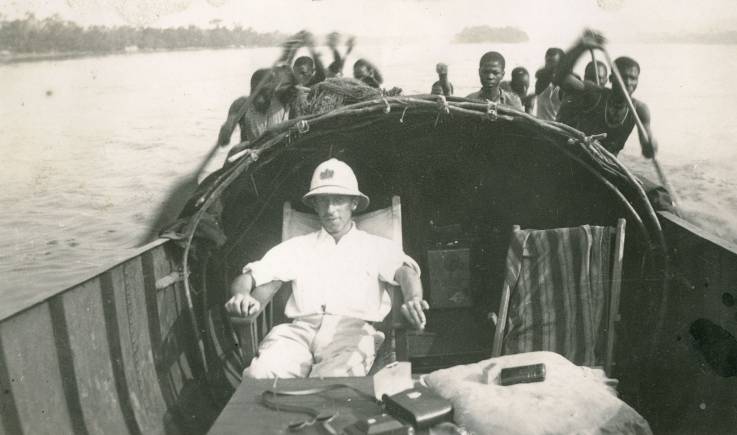
A Luxembourger colonial administrator on a boat steered by Congolese paddlers,1930s
© Private collection
MNHA's new temporary exhibition from 8 April to 6 November 2022 provides an overview of Luxembourg's poorly known colonial past. The participation of Luxembourg soldiers and mercenaries in the conquest of the colonies and the scientific exploration of non-European territories in cooperation with scholars from Luxembourg are just as much the subject of the exhibition as the economic interests of Luxembourg companies. The economic exploitation of the Belgian Congo colony and the cruel oppression of its population under the rule of Belgian King Leopold II (1885-1908) have gone down in history as Red Rubber. Not only in this respect, but also in the context of their activities in the construction of infrastructures as well as in the health and education sectors, numerous Luxembourgers were part of this colonial system. In 1922, the Belgo-Luxembourg Economic Union put Luxembourg nationals on an equal status with Belgians in terms of colonial civil service in the Belgian Congo. This is how it came about that, shortly before today's Democratic Republic of Congo gained its independence in 1960, almost 600 Luxembourgers were living in this colony.

Cigarette packet, produced by the Luxembourgish company “Le Tabac du Globe” in Algeria for the French colonial market. 1950’s
Credit: MNHA/Tom Lucas © Private collection
The exhibition allows the public access to testimonies from private and institutional collections in the form of objects, artworks and photographs, advertising brochures and press articles. By recalling historical facts and presenting numerous portraits of Luxembourg people involved in the colonial period, the MNHA displays the complexity of colonial relations. Furthermore, nine people from today’s society, whose lives are closely connected to Luxembourg and shaped by the colonial past tell their personal stories in interviews with the museum. Even though the colonial era in a narrower sense has been over for more than sixty years now, many fellow citizens still experience its effects in their everyday lives. MNHA's temporary exhibition thus illustrates that Luxembourg indeed has a colonial past as well.
„Luxembourg’s colonial past“ – temporary exhibition
at the MNHA, Marché-aux-Poissons, 2345 Luxembourg,
08.04.-06.11.2022 – Opening on 7 April 2022 at 6 p.m.
